Top 5 Filipino Dishes You Can Make Using Japanese Ingredients
Surprisingly, Filipino comfort foods can be reimagined using ingredients commonly found in Japanese supermarkets. Five easy, flavorful Pinoy recipes anyone can adapt using Japanese staples—perfect for OFWs, students, or anyone craving a taste of home in Japan.
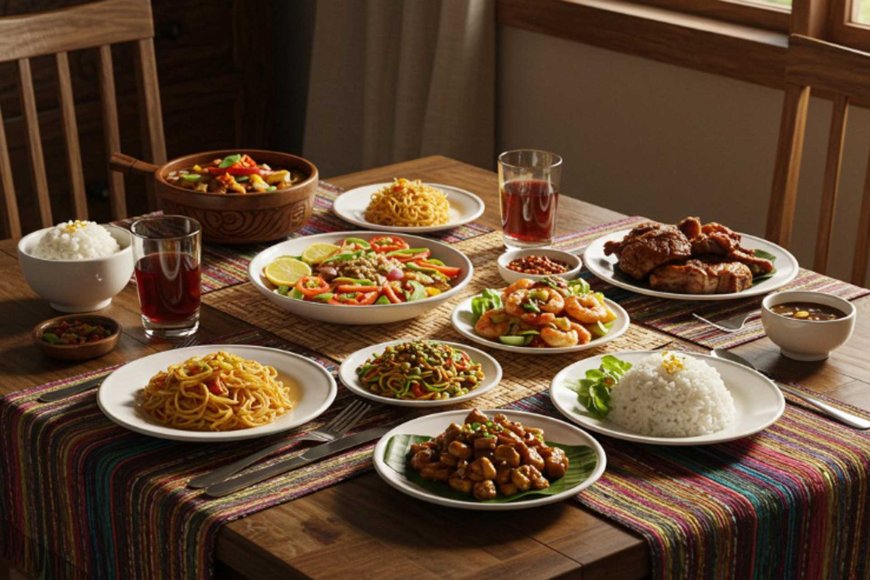
1. Adobo with Japanese Soy Sauce and Rice Vinegar
Classic Pinoy Comfort with a Japanese Umami Twist
Adobo is a beloved Filipino dish known for its savory-sour flavor, usually made with soy sauce, vinegar, garlic, and bay leaves. In Japan, you can substitute traditional Filipino soy sauce with Koikuchi shoyu (濃口醤油)—a richer and darker Japanese soy sauce. For vinegar, rice vinegar (米酢) offers a milder acidity that blends well with pork or chicken adobo. Add garlic, bay leaf, and black pepper, and you'll have a comforting version of adobo with a subtle Japanese flair.
Bonus Tip: Serve it with Japanese short-grain rice for a plump, sticky texture that pairs perfectly with the rich sauce.
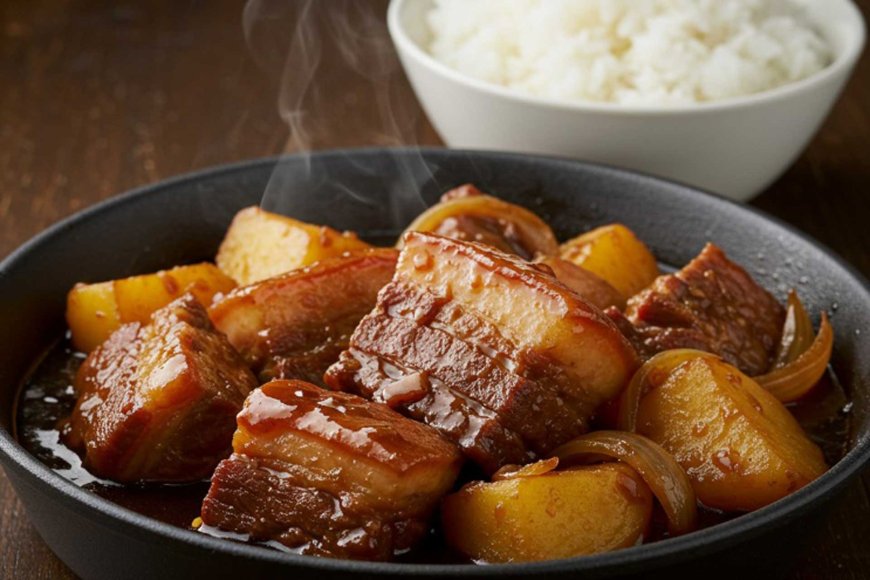
2. Sinigang with Miso Paste (Sinigang na Miso)
Filipino Sour Soup Meets Japanese Fermentation
Sinigang is a sour soup traditionally made with tamarind, pork or fish, and vegetables like kangkong and labanos. In Japan, tamarind can be hard to find, but white miso paste (白味噌) can be used to create a comforting broth with a fermented depth. Combine miso with yuzu juice or a splash of rice vinegar to add the sour kick.
Fusion Idea: Add shimeji mushrooms or daikon radish as Japanese substitutes for native vegetables. This hearty version of sinigang tastes both familiar and new.
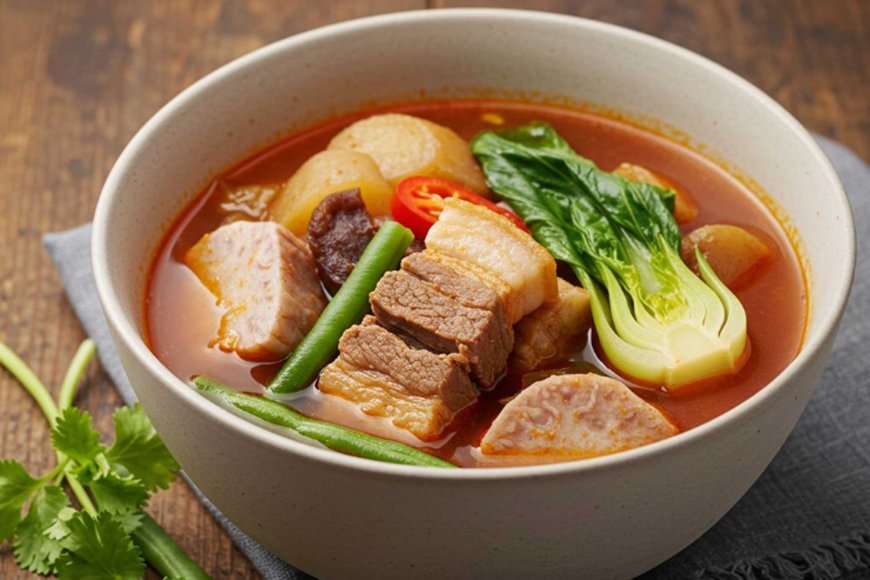
3. Pork Katsudon Kare-Kare
Two Worlds Collide: Japanese Katsu Meets Filipino Peanut Stew
Kare-kare is a Filipino peanut stew usually served with oxtail or pork and bagoong (fermented shrimp paste). In Japan, you can get creative by using tonkatsu (breaded pork cutlet) from convenience stores or supermarkets as the protein. The rich peanut sauce can be made with crushed Japanese peanuts, ground sesame seeds, and soymilk or milk from Japanese grocery stores. Thicken with potato starch (片栗粉) if needed.
Serving Suggestion: Pour the kare-kare sauce over the crispy tonkatsu and serve it with rice and a side of ebi-shiokara (fermented shrimp paste) as a replacement for bagoong.
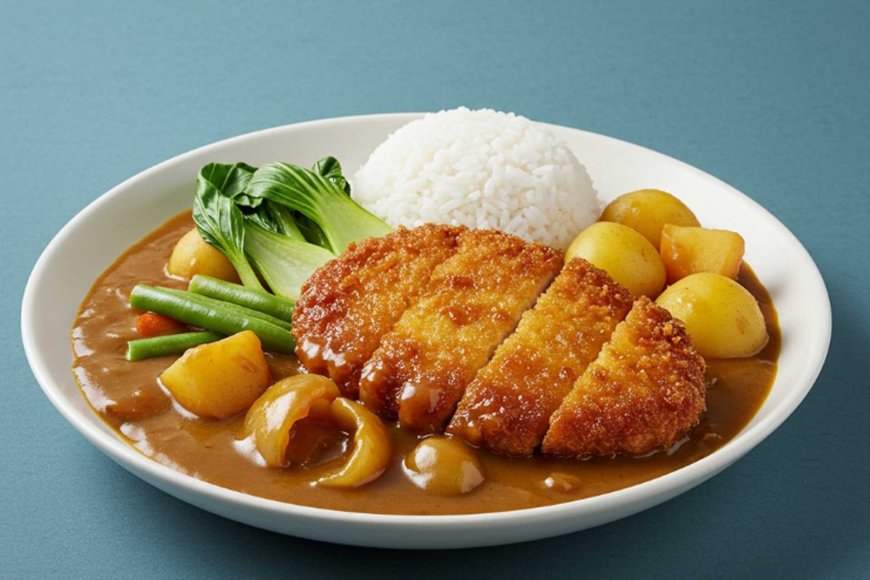
4. Gising-Gising with Japanese Tofu and Shishito Peppers
Spicy and Creamy Stir-Fry with Japanese Flair
Gising-Gising is a spicy Filipino dish made with chopped vegetables in coconut milk. While coconut milk is available in some Japanese supermarkets or online, you can substitute it with Japanese soy milk (豆乳) and add a dash of mirin for sweetness. Use shishito peppers or nagaimo (Japanese yam) for texture, and firm tofu instead of ground meat for a healthy twist.
Pro Tip: Spice it up with rayu chili oil or ichimi togarashi (Japanese chili flakes) to replicate the original heat.
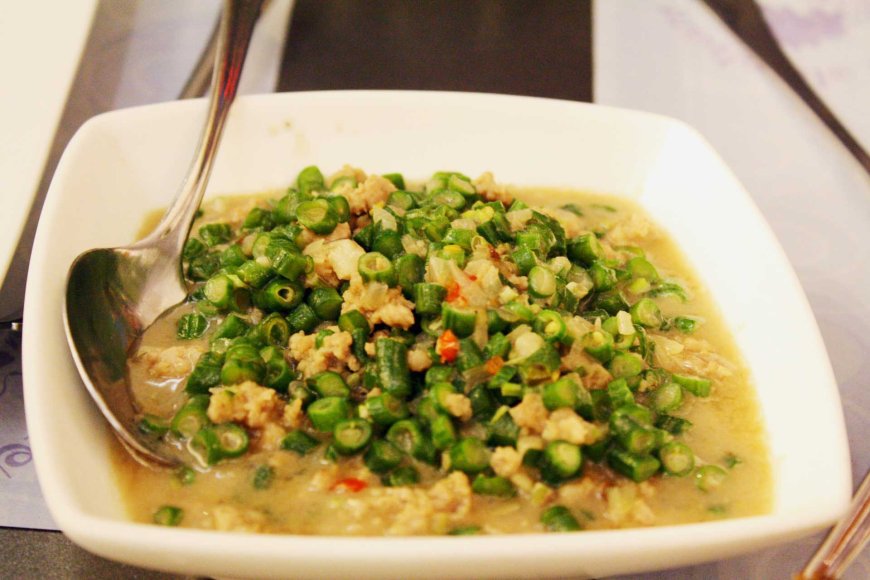
5. Lumpiang Shanghai with Nori and Panko Crumbs
Spring Rolls Reimagined with Japanese Crunch
Lumpiang Shanghai (Filipino fried spring rolls) are a party staple. Instead of traditional lumpia wrappers, try using nori seaweed sheets or gyoza wrappers, both of which are easy to find in Japanese stores. For added crunch, coat the rolls in panko crumbs (パン粉) before frying.
Filling Twist: Add finely chopped shiitake mushrooms, ginger, and green onions to the pork mixture for a more umami-packed filling that reflects Japanese taste.

Blending Cultures in the Kitchen
Living abroad, especially in Japan, doesn’t mean you have to give up the flavors of home. With a little creativity, you can use accessible Japanese ingredients to recreate—or even elevate—classic Filipino dishes. These fusion-style recipes not only satisfy cravings but also symbolize the rich blend of cultures that many Filipinos in Japan experience daily.
Nipino.com is committed to providing you with accurate and genuine content. Let us know your opinion by clicking HERE.































































